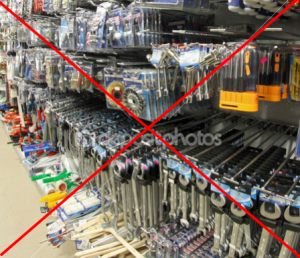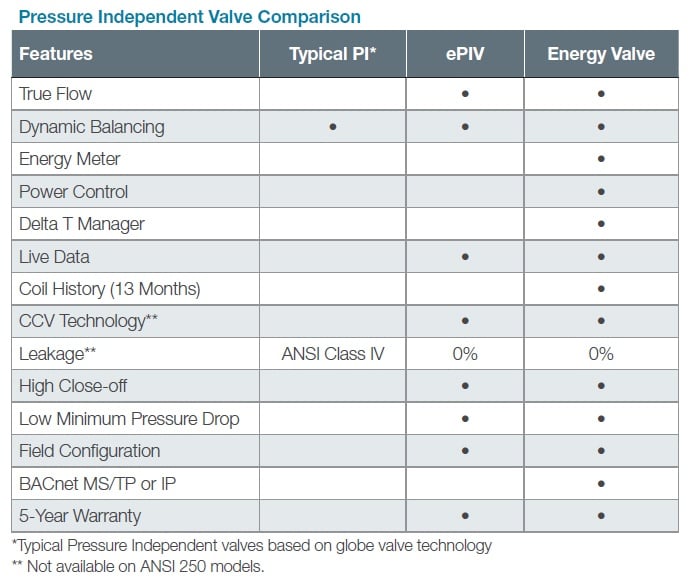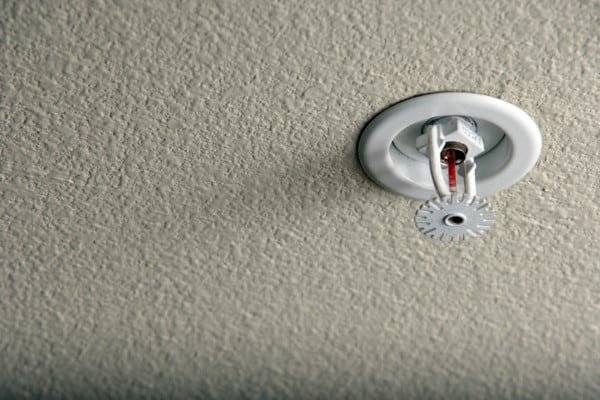Neutral Gear Saves Fuel: True or False?
A common belief among drivers is that driving in neutral saves fuel. In fact, this is even one of the most frequently shared tips among friends.
Although it may seem tempting, the truth is that driving in neutral doesn’t always use less fuel. In your attempt to save fuel, you may actually end up spending more on your next trip to the mechanic.
So, does driving in neutral use more or less fuel? What dangers does it pose? Find out in this article.
![]()
- Tolls in Spain: How they work and how to pay them
What is the neutral gear in a car?
The neutral gear in a car is the gearbox position in which the gears are disengaged.
When in this state, the engine rotates freely without transmitting power to the wheels.
The neutral gear is used when you want your vehicle to remain stationary, without needing to accelerate or brake, or when you want to easily start or stop your car engine.
What happens when your car is in neutral gear?
When your car is in neutral, it means the transmission is disengaged, which means the engine is not connected to the wheels. When in this gear, your car can move freely, which means it’s easier to go down a ramp in neutral, for example.
However, when your car is in neutral, it won’t accelerate if you press down on the accelerator pedal, as the connection between the engine and the wheels has been disengaged. In addition, driving in neutral can sometimes lead to your car brakes overheating, as you cannot brake using your engine.
When should you put your Car in Neutral gear?
There are some circumstances in which it is useful to keep your car in neutral, such as:
- At the start and end of any trip, as it is useful when starting your car engine (when your key is already in the ignition) and switching your car off. Before pulling off, make sure that you press down on the clutch pedal or that your car brake is engaged;
- Stops at traffic lights, traffic jams or any other situation in which your car will stand still for a short time.
What are the Dangers of Driving in Neutral gear?
Although there are circumstances in which driving in neutral can be useful, the truth is that there are some dangers of doing so, such as:
- Losing control: as the engine is not connected to the wheels, it is easier to lose control of your car’s speed and your ability to accelerate instantly if necessary, which may lead to road accidents;
- Rendering your brakes inefficient: keeping your car in neutral on a steep downhill slope may lead to a loss of responsiveness between your brakes and engine;
- Increasing your reaction time: if you need to accelerate suddenly, you’ll need to engage a gear to get power behind your steering, which can result in a slower reaction time when in heavy traffic or an emergency;
- Losing control on bends in the road: keeping your car in neutral when turning can decrease your control of your vehicle, as doing so disconnects the transmission from your car wheels. This may cause your vehicle to skid or lose grip, especially when the road is wet or slippery.
Does Going Downhill in Neutral Save Fuel?
As you can see, going downhill in neutral doesn’t save fuel and puts your safety and that of other drivers in danger.
Now that we’ve explained the neutral gear and how it works, it’s time to determine whether driving in neutral saves fuel or if that’s a myth.

Driving in Neutral or in Gear: Which Consumes Most Fuel?
It’s true that the more you press down on your car’s accelerator, the more petrol or diesel your car needs to inject. Similarly, the lower the gear you drive in and the more revolutions per minute, the higher your fuel consumption. That’s why people think that driving in neutral saves fuel.
However, the reality is that when your vehicle is in gear and moving, and you are not accelerating, the engine power system cuts off fuel injection. If you are idling, your car needs to keep injecting fuel for your engine to work.
As such, it is possible to conclude that your car will consume petrol or diesel, even when in neutral.
Want some Tips for Saving Fuel?
Saving fuel is beneficial both to your wallet and the environment. Check out our 10 useful tips to help you save fuel when driving:
1. Drive Smoothly
Avoid accelerating or braking sharply, which can significantly increase fuel consumption.
Alternatively, predict what other cars will do and slow down gradually when you need to stop.
2. Keep a constant speed
Driving at a constant speed is more efficient in terms of fuel consumption.
When appropriate, use cruise control to maintain a constant speed on flat roads.
3. Turn your engine off when Stopping for a Long Time
If you need to stop your vehicle for more than a few minutes, turn off your car engine. Leaving your car in neutral for too long wastes fuel.

4. Avoid Overloading your Vehicle
Remove excess weight from your vehicle; the more weight your car carries, the more fuel it consumes.
5. Check Tyre Pressure
Not having your tyres filled to the correct pressure leads to more driving friction, leading to higher fuel consumption.
To avoid this, regularly check tyre pressure and keep your tyres properly calibrated.
6. Perform Regular Vehicle Maintenance
Keep your engine in good condition with regular maintenance by changing the oil and replacing filters.
Remember that a well-looked-after engine is more fuel-efficient.
7. Use your Air Conditioning Sparingly
Using your car’s air conditioning can increase your fuel consumption, especially when driving at higher speeds. Use it sparingly and, when possible, open your windows instead.
8. Plan your Trips
Avoid traffic jams and longer routes. Plan your trips so they are as short as possible and avoid driving in heavy traffic.
9. Make the Most of Inertia
When slowing down or going down a ramp or downhill, make the most of your vehicle’s inertia, and avoid accelerating or keeping your foot on the brake. Brake using your car engine to help control your speed and save fuel.
10. Choose Wisely when to Fill up your Vehicle
Avoid refuelling your vehicle at peak times or on very hot days, as your fuel evaporating can lead to you paying more for less fuel.
Interested in finding out more about the world of all-things cars? Then follow us on Facebook and keep up with our daily content.
![]()



